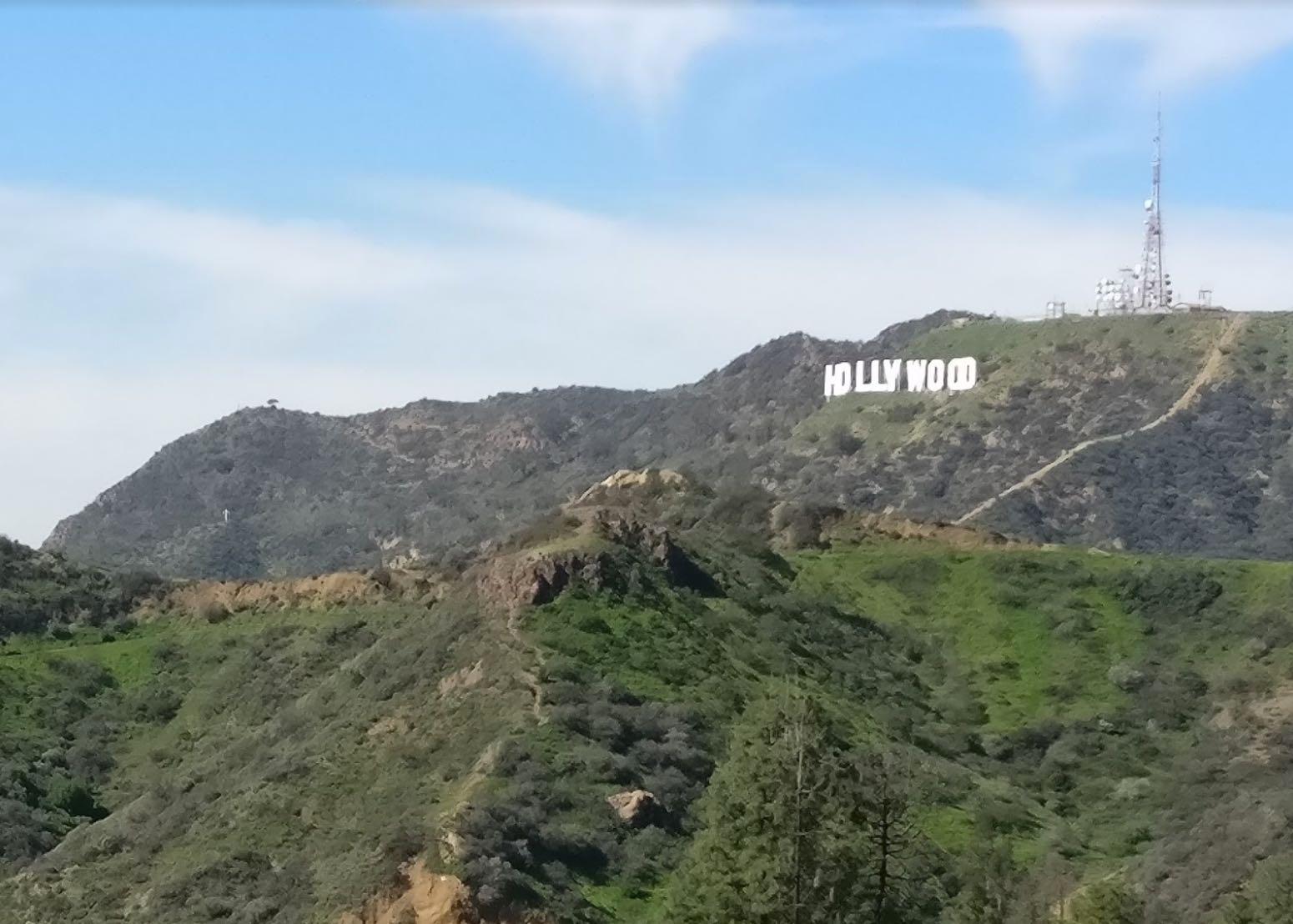The birth of talkies
The iconic Hollywood sign is shown here.
Imax, 3-D glasses, VHS, technicolor … technology has continually reshaped Hollywood. But perhaps the biggest, most important change happened early in the industry’s history: the transition from silent films to talkies.
Marc Wanamaker, a longtime Hollywood historian, and consultant on films like “La La Land,” walks us through what happened and how it forever transformed the silver screen.
Like a lot of Hollywood legends, Hollywood has used the transition from silence to sound as fodder for its movies. From "Singin’ in the Rain" to "The Artist," the birth of talkies has been dramatized as a sudden, bolt out of nowhere that destroyed the careers of all the silent stars. Wanamaker says that the reality was a lot more complicated.
First off, no matter what "Singin’ in the Rain" implies, "The Jazz Singer" wasn’t actually the first talkie. Though it was the first feature-length movie to feature dialogue scenes, it wasn’t the first sound movie. If you want to go back to the birth of sound in cinema, you have to start with the woman who was, arguably, the first female director in the world.
According to Wanamaker, there were talkie films and musical films all the way back to 1898.
“Alice Guy-Blaché, the first woman director in the world, in the 1890s, made 103 sound films before 1905,” Wanamaker says. But sound was a novelty, because you had to outfit the movie theater with bulky, expensive equipment in order for sound to work. Thus, silent films enjoyed pre-eminence for the first 30 years of motion picture history.
The transition to sound was actually a matter of resources. Warner Bros. was the first film company willing to put down the millions of dollars needed to put sound in theaters. The first movie they tried it with was "Don Juan," starring John Barrymore, which had sound-synchronized orchestra and sound effects. (You’d hear the clash of steel as Don Juan got into sword fights.)
The movie was a huge success, and so Warner Bros. approached Al Jolson, one of the biggest stars in the world, about creating the first full-length movie with dialogue and singing. "The Jazz Singer" was an immense smash, and so, the other studios invested the money to wire their theaters. But the move to talkies was a bit tricky.
As dramatized in "Singin’ in the Rain," “they didn’t know where to put the microphones, they put them in flowerpots,” Wanamaker says. “They finally started hanging them, they were giant microphones called cylinder microphones, they weighed like 20 pounds.”
The industry had to write their scripts completely differently, and it’s true that some stars couldn’t adapt. Wanamaker even claims that the fact that Douglas Fairbanks had trouble transitioning to sound pictures played a hand in his divorce with Mary Pickford.
So, "Singin’ in the Rain" might not be the most realistic depiction of how sound took over Hollywood. Still, it’s an amazing movie, and in Hollywood, that’s what matters.
oembed://https%3A//www.youtube.com/watch%3Fv%3DYZwZO40r4X0%20
